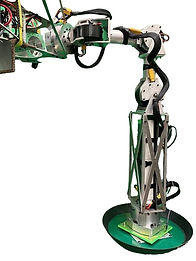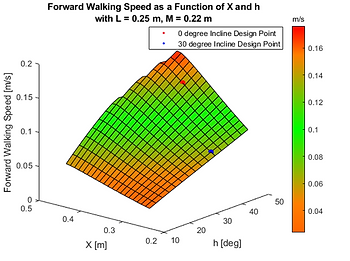
Website: [link]
My Contributions:
-
Gait prototyping (Python, Gazebo, ROS)
-
Actuator sizing
-
Actuator torque response to inclination and payload
The title of this project -- Walking Oligomeric Robotic Mobility System (WORMS) -- refers to a unique platform architecture for field-reconfigurable robots to support a variety of lunar surface operations. WORMS consists of a set of identical, articulating worm-like robots, together with a small set of simple accessories, such as different types of shoes or pallets/chassis, which can be assembled into larger robot configurations tailored to the needs of various extreme terrain access missions. The key idea is that all elements of WORMS can be easily reconfigured in the field by non-specialists to accomplish a large variety of mobility missions, including but not limited to extreme terrain access, provided only that the required elements are on hand at Artemis Base Camp and that the software has already been developed for a given configuration.



The walking gait of WORMS must support the exploration of extreme terrain to conduct monitoring and research. Extensive testing of gaits is conducted by measuring the torque response of each actuator on a variety of different ground inclination angles and payload weights. Furthermore, different combinations of swinging versus static legs are tested to determine the combination that best supports extreme terrain navigation and control. The developed gait resembles that of a tortoise, in which the pallet of the robot moves forward, while the feet stay stationary on the ground. To achieve that, all the feet must move in a straight line parallel to the forward direction, relative to the body, maintaining a constant distance to the center line. Interleaving steps of pallet forward propulsion with two legs in the swing phase and four legs in the static phase make up the generalized motion of the gait, implemented using inverse kinematics. A gravity compensation algorithm is still in development and is expected to significantly improve the accuracy of gait motion.

Walking gait simulation